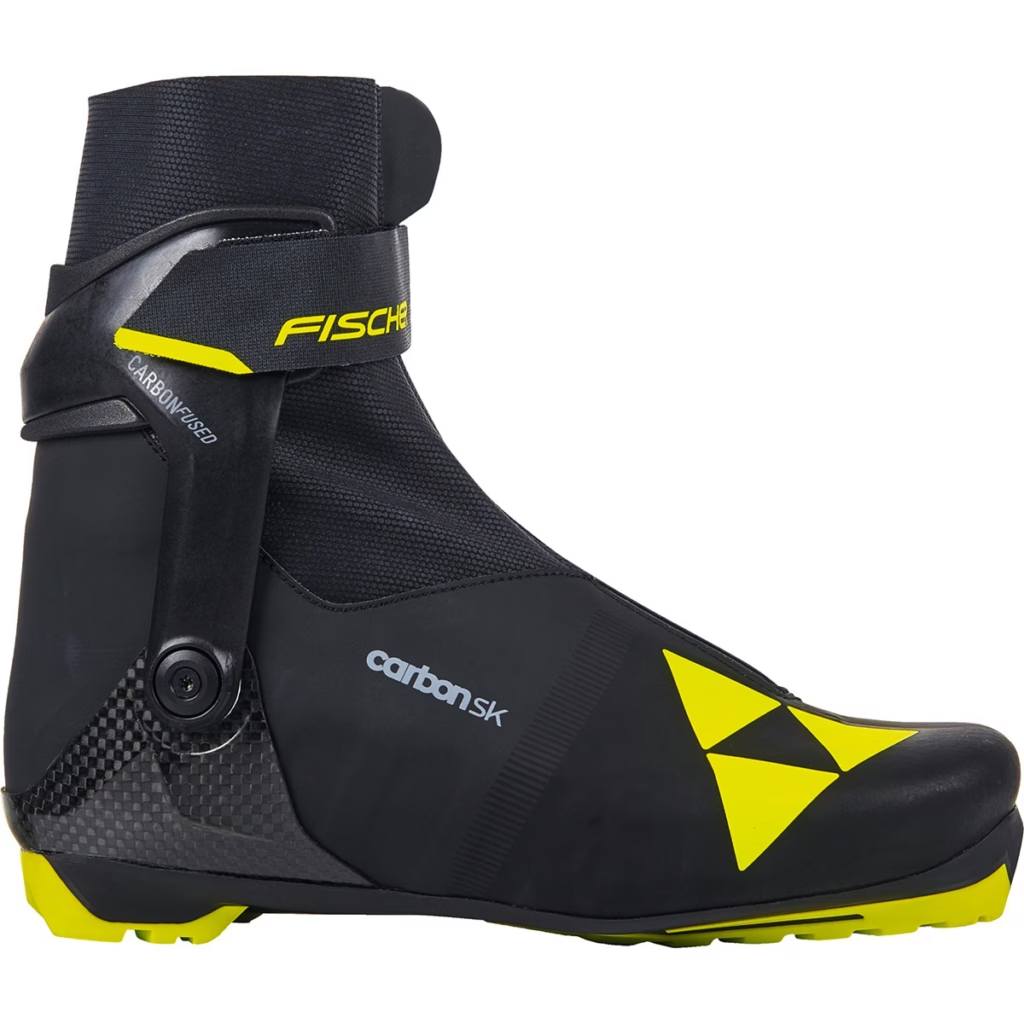The boom in cross-country skiing continues in our latitudes and even the youngest generation is enthusiastic about gliding with powerful thrusts over the increasingly well-prepared terrain.
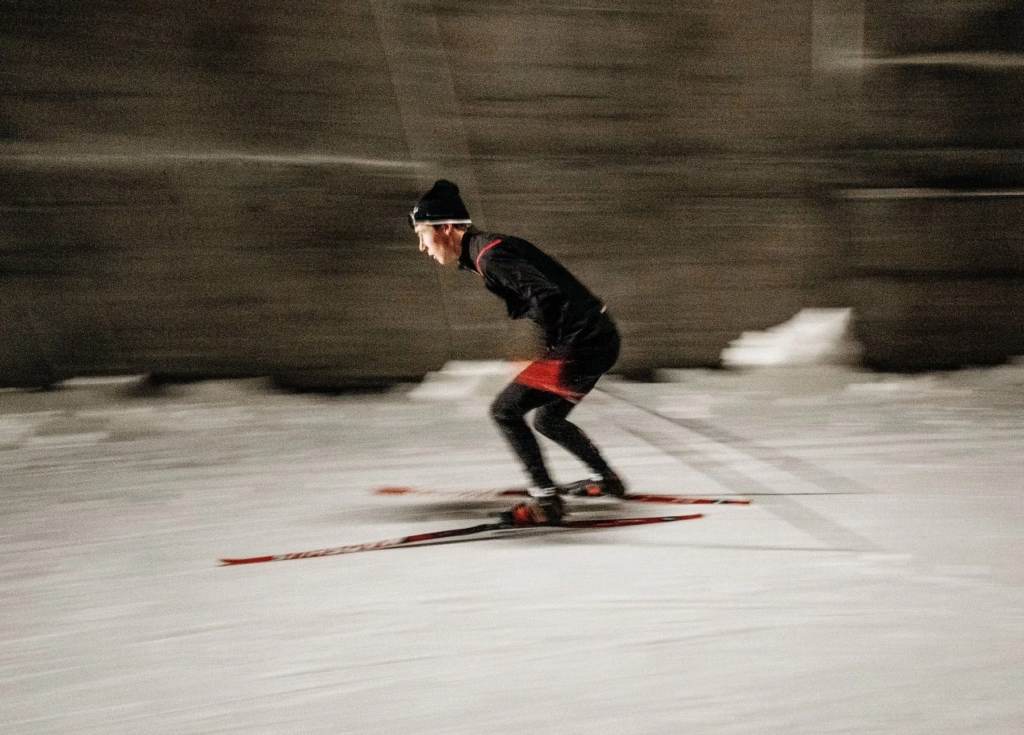
The trigger for the cross-country skiing boom was the Corona pandemic, when the winter sport variant that guarantees the necessary distance gained many new friends. But what has been particularly striking since then is that the youngest generation is also enthusiastic about gliding with powerful thrusts over the increasingly well-prepared terrain. You can see many children getting to know this fascinating sport with their parents - or in school ski courses. Nevertheless, it is not yet a real popular sport in the Alps. After all, cross-country skiing is at least as dependent on snow as alpine skiing, which in recent years has caused unusual traffic jams at the start of the season on the few trails with artificial snow. Of course, all alternatives for moving through winter nature in an enjoyable way are dependent on snow. Snowshoes have been joined by crossblades, for example. Or various types of bobsleds or similar gliding devices that do not require very long prior training. But there are also constant innovations in cross-country skiing itself, such as more variable binding systems. Integrated skins have been bringing about a renaissance of the classic technology in recent years.
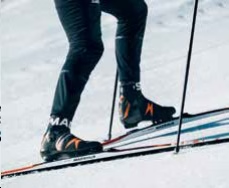
BEFORE YOU GO OUT INTO THE NATURE, you should first think about what you are doing when buying cross-country skiing equipment. How sporty do I want to be? Skis are divided into hiking, all-rounder, sports and racing models. But before that, you have to choose the basic technique: classic or skating. With classic skis, the middle area forms the climbing zone, which adheres to the snow when it comes into contact and enables you to push backwards. With wax skis, the climbing zone is covered with adhesive wax, while with Nowax skis, mechanical or chemical climbing aids - and increasingly skins - are integrated into the running surface.
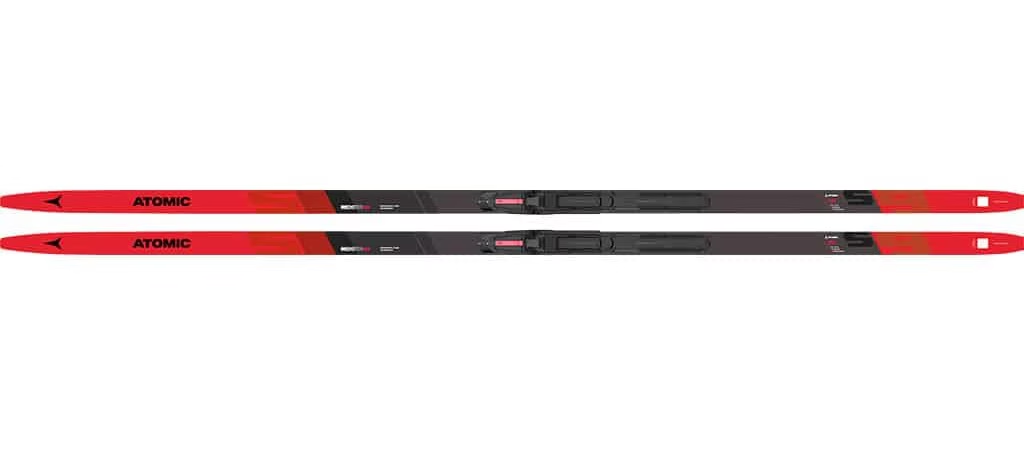
SKATING MODELS have no climbing zone and are slightly shorter and slightly curved than the classic model, with body weight playing an even more important role in the decision to ski. If the tension is too high, the ski can hardly be turned; if it is too low, the ski glides poorly. The length of the ski should be 5 to 10 cm in addition to the height. The more professional the skier, the longer the ski. When it comes to cross-country ski boots, a distinction is made between medium-high and flat models in the classic style, with the former being more suitable for beginners and recreational skiers. They are more stable. The flat models offer more freedom of movement. In contrast to the classic models, the skating boots are cut higher so that the ankles are stabilized.
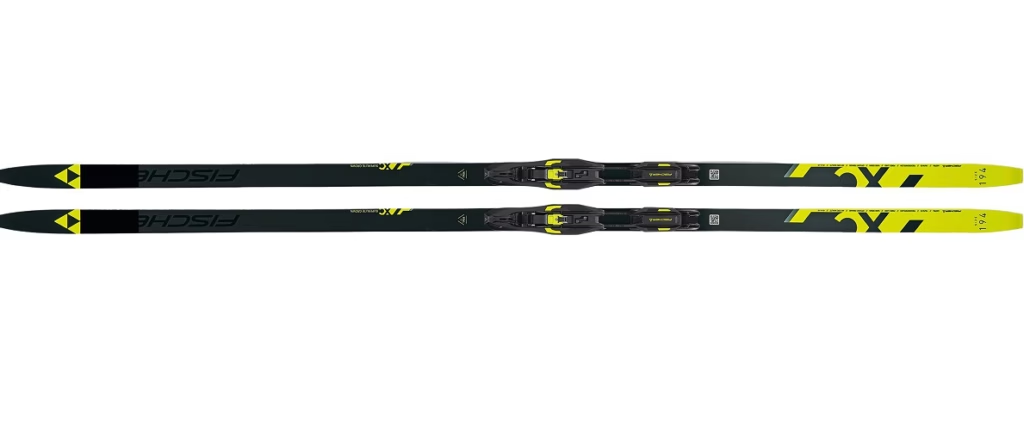
CROSS-COUNTRY BINDINGS have standardized the systems, although old bindings are not compatible with new shoes. The models actually work on the same principle, but were never compatible. When choosing cross-country poles, it is also important to differentiate according to the technique. In principle, the LL pole should reach up to shoulder height for classic technique, while for skating the pole must be a little longer. Depending on your ability, up to the chin or even the tip of your nose. The poles are usually made of aluminum to be as light as possible. Carbon has long since found its way into better models. The weight savings not only make the poles more expensive, but they also break more often.
